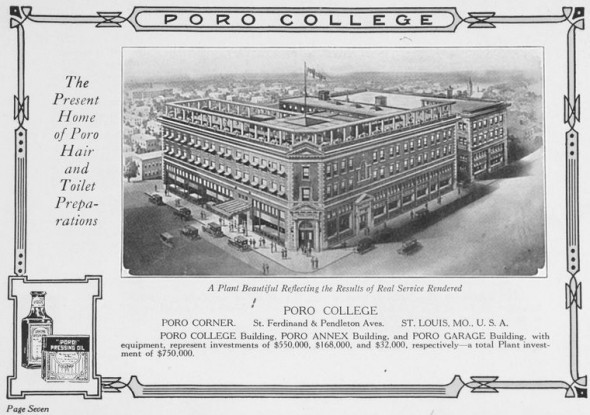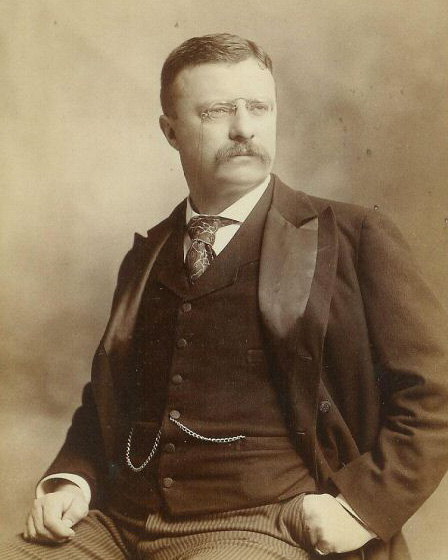
Critical Response:
Miss Lewis is by no means a prodigy; she has great natural genius, originality, earnestness, and a simple, genuine taste. Her works are as yet those of a girl. She has read Evangeline, and some others of Longfellow’s poems, and has caught from them a girlish sentimentality, but has rather improved upon her author’s conceptions in the process of giving them shape and reality. By and by, when her horizon of knowledge becomes more expanded, and her grasp on it firmer, she will leave the prettinesses of poems, and give us Pocahontas, Logan. Pontiac, Tecumseh, Red Jacket, and, it may be, Black Hawk and Osceola. Or if these may seem too near and real, and admitting less of effective accessories, there lie behind them all the great dramatic characters, Montezuma, Guatimozin, Huascar, and Atahualpa, to say nothing of the Malinche, that lost her country that she might save her love.”
~ J. S. Ingram 1876
The most remarkable piece of sculpture in the American section was perhaps that in marble of The Death of Cleopatra by Edmonia Lewis, the sculptress and protégée of Charlotte Cushman. The great queen was seated in a chair, her head drooping over her left shoulder. The face of the figure was really fine in its naturalness and the gracefulness of the lines. The face was full of pain, and for some reason – perhaps to intensify the expression – the classic standard had been departed from, and the features were not even Egyptian in their outline, but of a decidedly Jewish cast. The human heads which ornamented the arms of the chair were obtrusive, and detracted from the dignity which the artist succeeded in gaining in the figure. A canopy of Oriental brightness in color had been placed over the statue.
~ William J. Clark 1878
An even more remarkable sculpture from the hand of a female artist than Miss Foley’s fountain which was in the Centennial Exhibition was the Cleopatra of Edmonia Lewis. This was not a beautiful work, but it was a very original and very striking one, and it deserves particular comment, as its ideal was so radically different from those adopted by Story and Gould in their statues of the Egyptian Queen. Story gave his Cleopatra Nubian features, and achieved an artistic if not a historical success by so doing. The Cleopatra of Gould suggests a Greek lineage. Miss Lewis, on the other hand, has followed the coins, medals, and other authentic records in giving her Cleopatra an aquiline nose and a prominent chin of the Roman type, for the Egyptian Queen appears to have had such features rather than such as would more positively suggest her Grecian descent. This Cleopatra, therefore, more nearly resembled the real heroine of history than either of the others, which, however, it should be remembered, laid no claims to being other than purely ideal works. Miss Lewis’ Cleopatra, like the figures sculptured by Story and Gould, is seated in a chair; the poison of the asp has done its work, and the Queen is dead. The effects of death are represented with such skill as to be absolutely repellant – and it is a question whether a statue of the ghastly characteristics of this one does not overstep the bounds of legitimate art. Apart from all questions of taste, however, the striking qualities of the work are undeniable, and it could only have been reproduced by a sculptor of very genuine endowments. … the real power of her Cleopatra was a revelation.





Comments are closed.